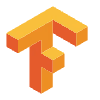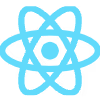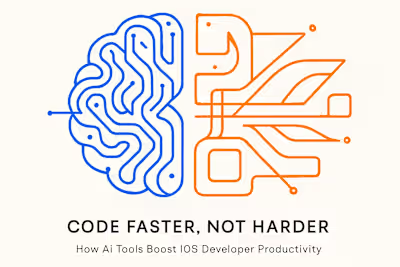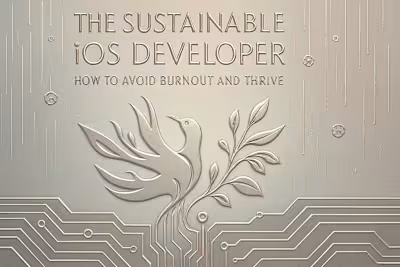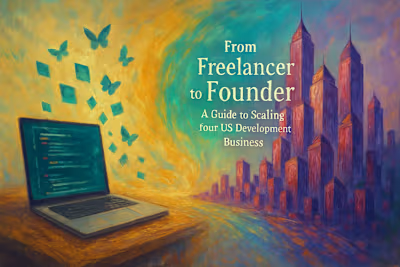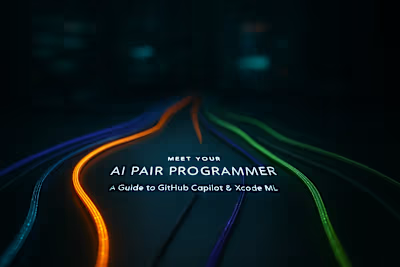Building the Future: AI-Powered App Ideas to Level Up Your Portfolio
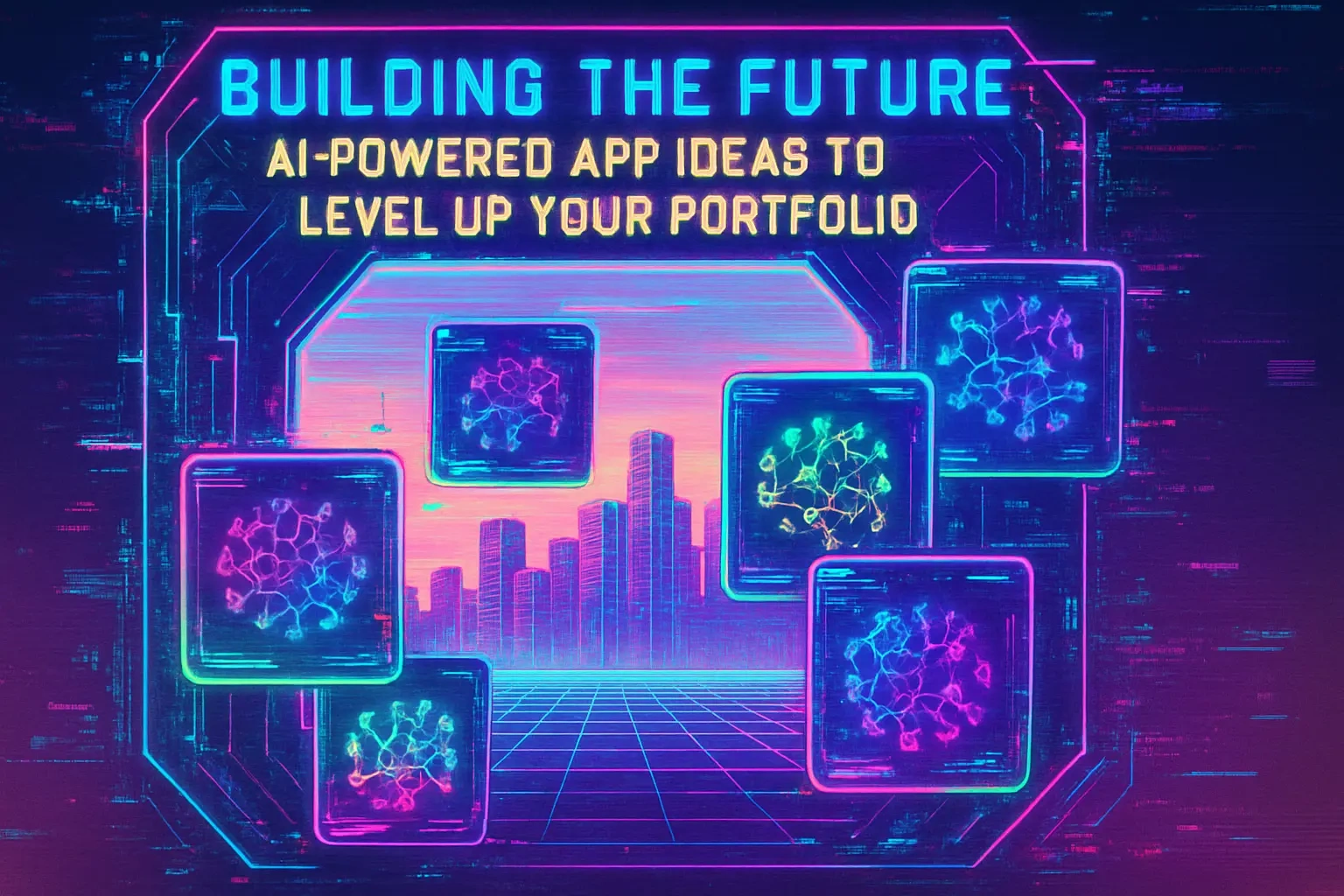
Building the Future: AI-Powered App Ideas to Level Up Your Portfolio
Why AI-Powered Apps Are a Must for Your Portfolio
Demonstrating In-Demand Skills
Showcasing Advanced Problem-Solving
Standing Out to Recruiters and Clients
App Ideas Leveraging Natural Language Processing (NLP)
Idea 1: AI-Powered Journaling App with Sentiment Analysis
Idea 2: Real-time Language Tutor App
Idea 3: Smart Recipe Assistant
App Ideas Using Computer Vision
Idea 4: Plant Identification and Care Guide App
Idea 5: AI Personal Stylist from Your Wardrobe
Idea 6: Interactive Fitness Form Corrector
App Ideas with Generative AI and Predictive Analytics
Idea 7: Personalized Story Generator for Kids
Idea 8: AI Interior Design Mockup Tool
Idea 9: Personal Finance App with Predictive Budgeting
Idea 10: Smart Commute Planner that Predicts Delays
Conclusion
References
Building the Future: AI-Powered App Ideas to Level Up Your Portfolio
Why AI-Powered Apps Are a Must for Your Portfolio
Demonstrating In-Demand Skills
Showcasing Advanced Problem-Solving
Standing Out to Recruiters and Clients
App Ideas Leveraging Natural Language Processing (NLP)
Idea 1: AI-Powered Journaling App with Sentiment Analysis
Idea 2: Real-time Language Tutor App
Idea 3: Smart Recipe Assistant
App Ideas Using Computer Vision
Idea 4: Plant Identification and Care Guide App
Idea 5: AI Personal Stylist from Your Wardrobe
Idea 6: Interactive Fitness Form Corrector
App Ideas with Generative AI and Predictive Analytics
Idea 7: Personalized Story Generator for Kids
Idea 8: AI Interior Design Mockup Tool
Idea 9: Personal Finance App with Predictive Budgeting
Idea 10: Smart Commute Planner that Predicts Delays
Conclusion
References
Posted Jul 6, 2025
Stand out in a crowded market. Explore cutting-edge, AI-powered iOS app ideas that will challenge your skills, impress recruiters, and elevate your developer portfolio.

